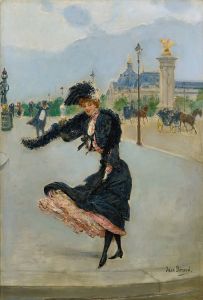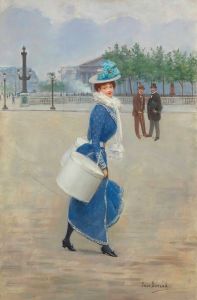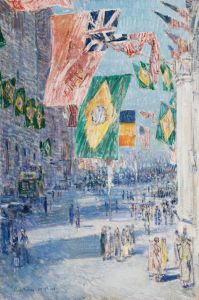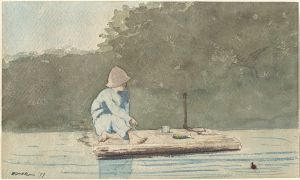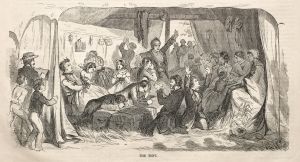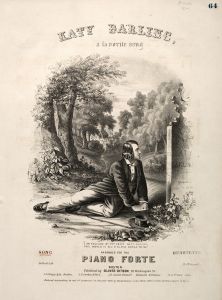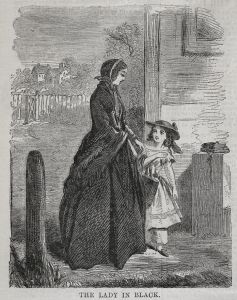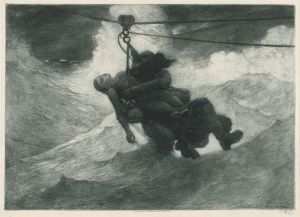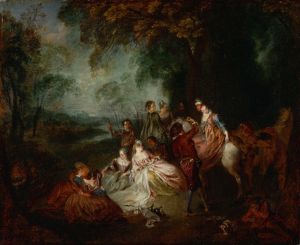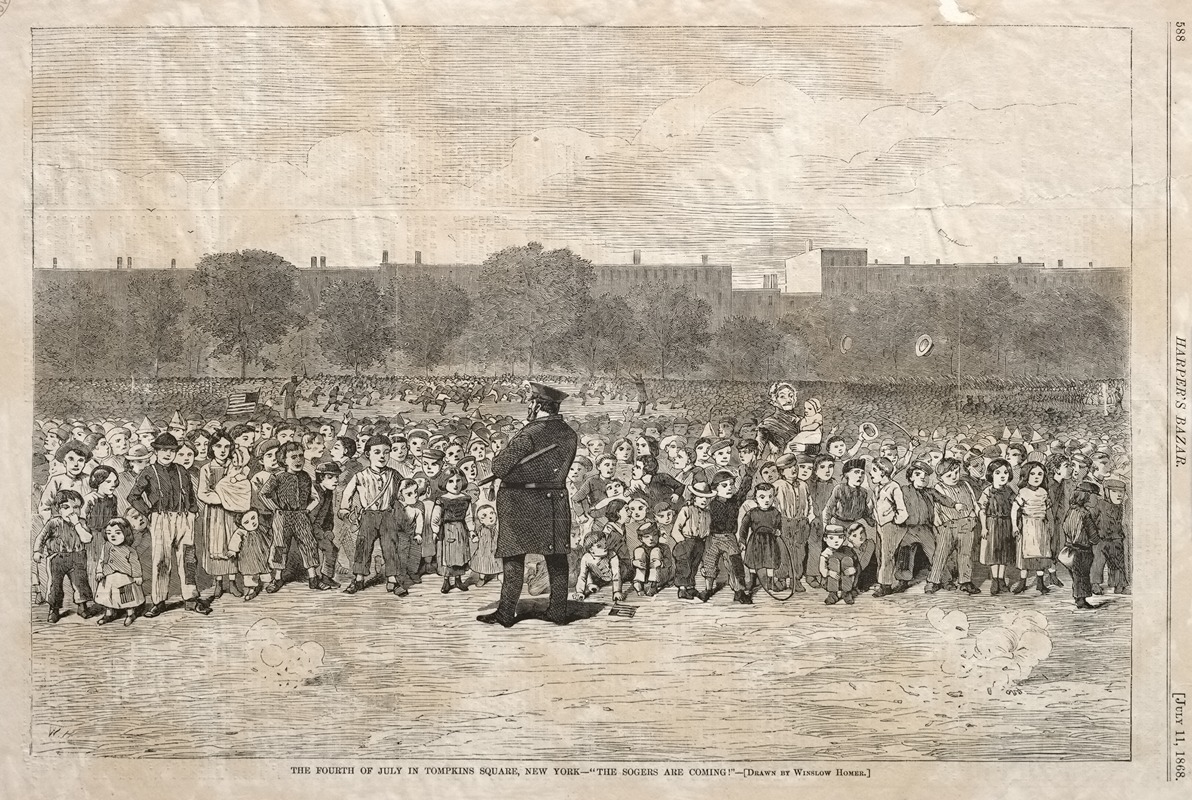
The Fourth of July in Tompkins Square, New York – ‘The Sogers Are Coming’
A hand-painted replica of Winslow Homer’s masterpiece The Fourth of July in Tompkins Square, New York – ‘The Sogers Are Coming’, meticulously crafted by professional artists to capture the true essence of the original. Each piece is created with museum-quality canvas and rare mineral pigments, carefully painted by experienced artists with delicate brushstrokes and rich, layered colors to perfectly recreate the texture of the original artwork. Unlike machine-printed reproductions, this hand-painted version brings the painting to life, infused with the artist’s emotions and skill in every stroke. Whether for personal collection or home decoration, it instantly elevates the artistic atmosphere of any space.
Winslow Homer, an influential American artist, is renowned for his depictions of American life and landscapes. One of his notable works is "The Fourth of July in Tompkins Square, New York – ‘The Sogers Are Coming’," which captures a vibrant scene of celebration and patriotism. This painting is a testament to Homer’s keen observation of social dynamics and his ability to convey the spirit of the times through his art.
Created in the mid-19th century, this artwork reflects the bustling atmosphere of Tompkins Square in New York City during the Fourth of July celebrations. The painting is set against the backdrop of the American Civil War, a period when national identity and patriotism were particularly poignant themes. Homer’s work often explored such themes, and this painting is no exception, showcasing the intersection of everyday life and national pride.
In "The Fourth of July in Tompkins Square, New York – ‘The Sogers Are Coming’," Homer illustrates a lively scene filled with people from various walks of life, all gathered to celebrate Independence Day. The title itself, with its colloquial spelling of "soldiers," suggests the presence or anticipation of a military parade, a common feature of such celebrations. This element underscores the patriotic fervor of the time, as military displays were a way to honor those who served and to inspire unity among citizens.
Homer’s use of color and composition in this painting is noteworthy. He employs a vibrant palette to bring the scene to life, capturing the energy and excitement of the crowd. The figures are depicted in dynamic poses, suggesting movement and interaction, which adds to the sense of a bustling public gathering. The artist’s attention to detail allows viewers to discern various activities and interactions among the crowd, providing a snapshot of the diverse community that populated New York City during this era.
This painting is also significant for its portrayal of urban life in the 19th century. Tompkins Square, located in the East Village of Manhattan, was a popular gathering place for public events and celebrations. By choosing this setting, Homer highlights the importance of public spaces in fostering community and civic engagement. The painting serves as a historical document, offering insights into the social fabric of New York City during a time of significant change and development.
Homer’s work is often celebrated for its ability to capture the essence of American life, and "The Fourth of July in Tompkins Square, New York – ‘The Sogers Are Coming’" is a prime example of this talent. Through his detailed and lively depiction of a public celebration, Homer not only commemorates a national holiday but also provides a window into the cultural and social dynamics of his time. This painting remains an important piece in the study of American art history, reflecting both the personal style of Winslow Homer and the broader historical context in which he worked.





